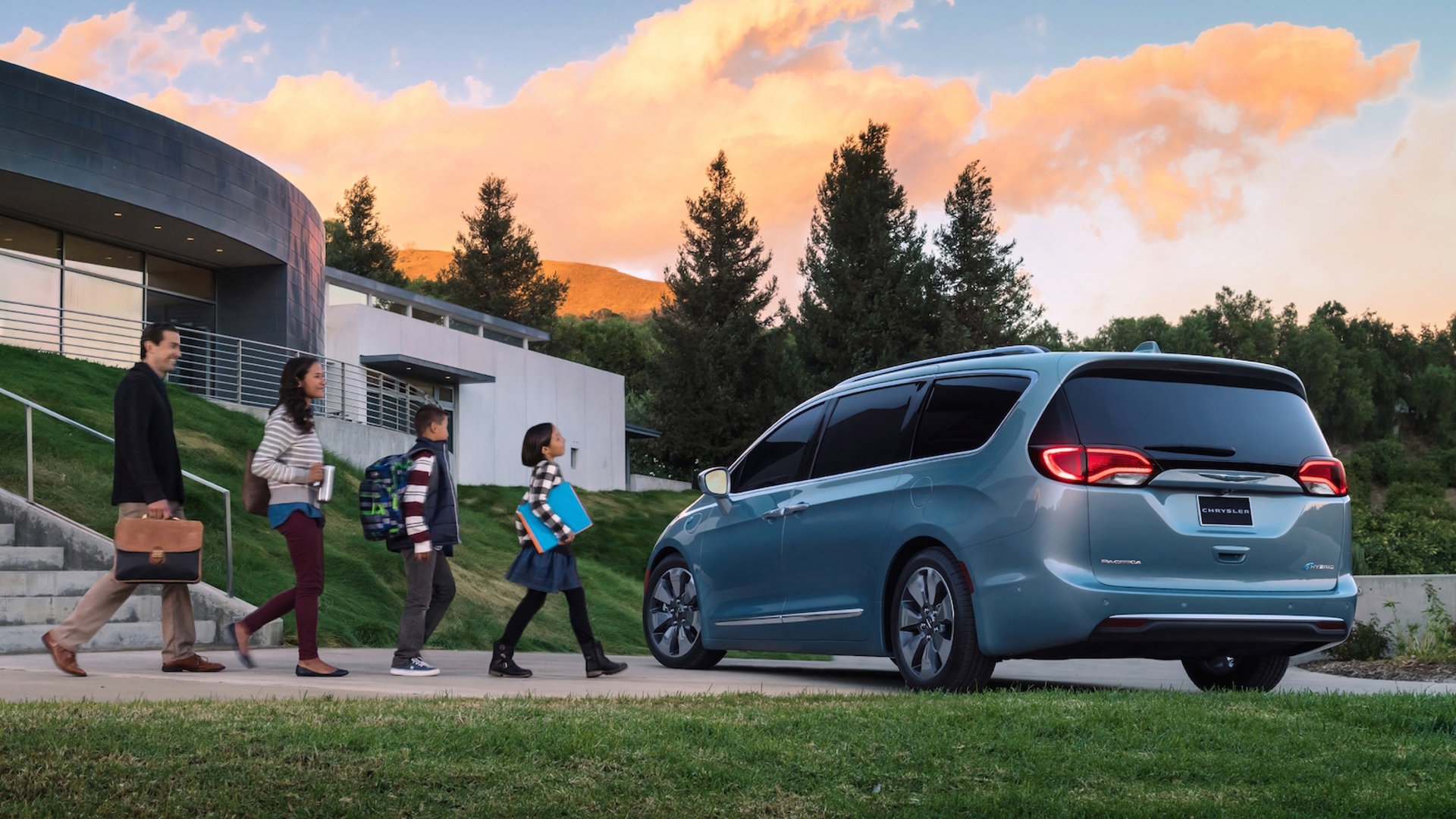A collective effort to give shoppers better performance and reduced fuel consumption without compromise has seen the automotive industry speed ahead with new and advanced technologies which push fuel efficiency to all-new levels. Whatever your need in a new-to-you ride, chances are your next used vehicle purchase will include more advanced fuel-saving technology than ever.
Whether it’s a high-efficiency gasoline engine, a clean diesel engine, or a hybrid powerplant, the options are growing in affordable access to more efficient motoring. Of course, advanced drivetrains and engines come with advanced systems and engineering inside – making a pre-purchase inspection of a used ride by a qualified technician even more important.
Below, we’ll take a look at three fuel-saving powerplant genres gaining popularity in the used vehicle marketplace, as well as some strongly-advised checks and precautions to bear in mind before arranging your purchase.
Hybrids
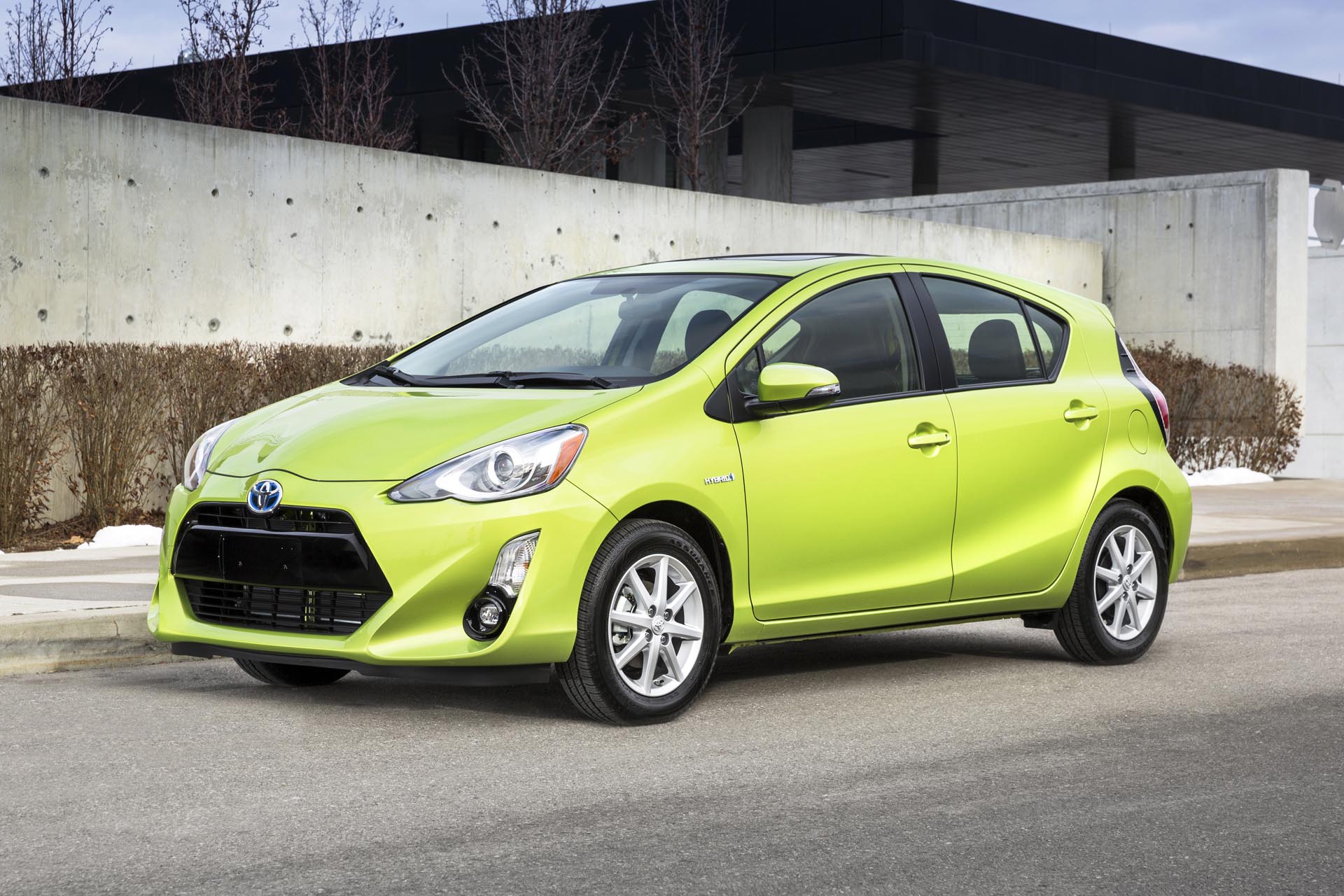
Hybrids use a combination of old-fashioned gasoline power and electricity, delivered to an electric motor, to drive the vehicle. In simple terms, self-generated electricity can be used in certain situations to help assist or even replace gasoline as the propulsion source, trimming away at fuel use and emissions.
Blending and switching the efforts of two propulsion systems, as well as the presence of added batteries, controllers, motors and associated hybrid hardware, means there’s plenty for a technician to check out on your potential used hybrid model.
Start with a full electronic systems scan. The technician can plug in a scanner to the vehicle you’re considering, calling up information which can reveal potential issues with the hybrid system. Though most hybrids appear to be reliable used vehicle buys, components relating to the cooling system, as well as coolant pumps used to cool electrical system components, are prime candidates for investigation. Any detected leaks should be investigated and repaired ahead of your purchase.
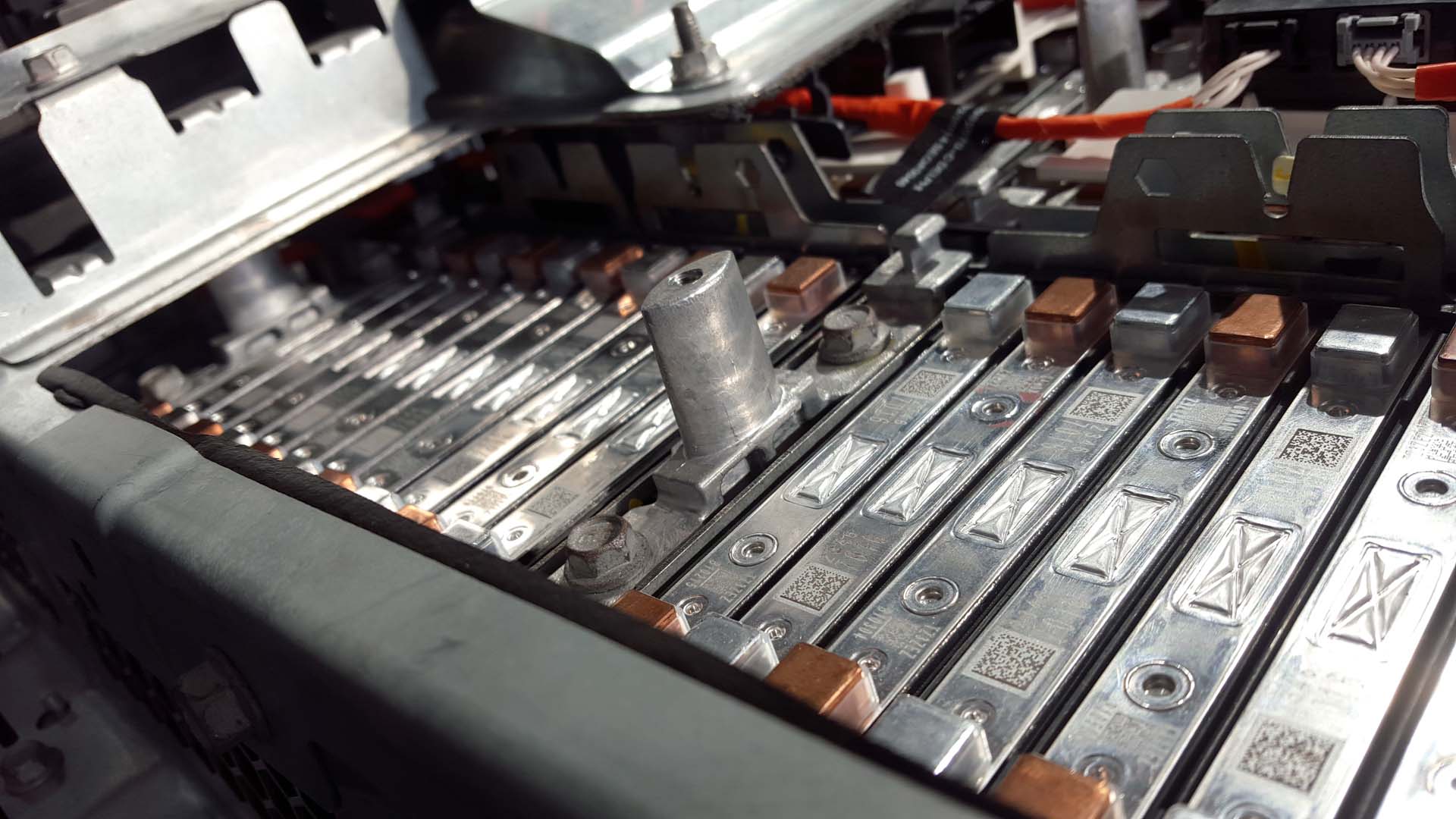
Hybrid car battery packs seem largely reliable in the majority of used hybrids, though any warning messages in the driver computer relating to the battery should be investigated. A technician may be able to test the vehicle’s hybrid battery for overall health, and shoppers are advised to determine where, within the mandated hybrid component warranty, their potential used vehicle lies. Note that the service department at a corresponding dealer can typically pull up additional information on the vehicle in question if you provide a VIN number, to determine if all scheduled hybrid-system maintenance routines, recalls, software updates and the like, are up to date.
Finally, be sure to confirm that the vehicle’s standard 12-volt battery and charging system are healthy. Many hybrid car owners have reported dead 12-volt batteries, which start the engine, thanks in no small part to the increased likelihood that the engine, and alternator, won’t run long enough on short drives to recharge it. Use of a trickle charger, to keep your hybrid’s standard 12-volt battery topped up when you’re not driving it, is a good idea.
Diesel
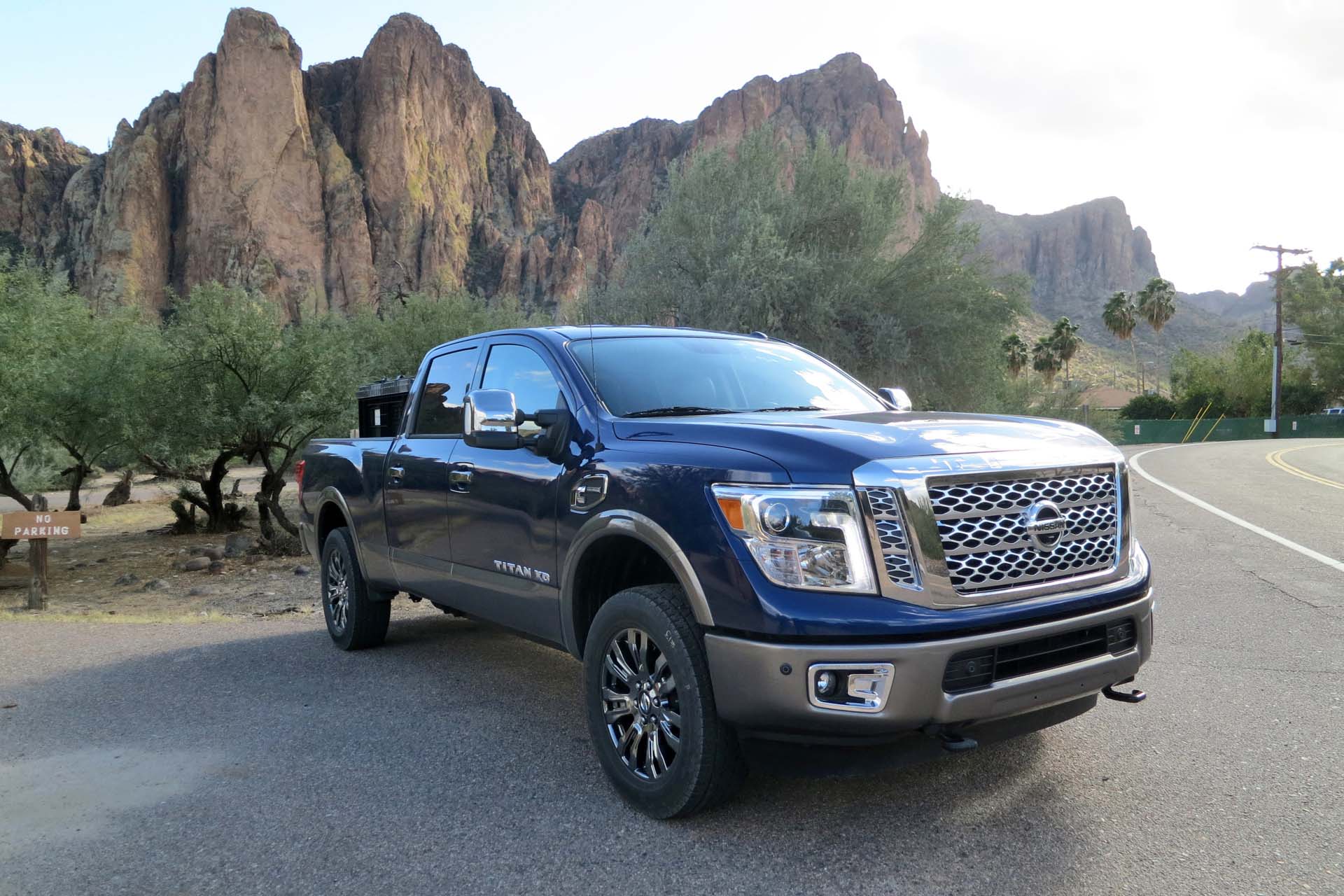
Though diesel engines have been around for ages and are often considered to be reliable and trouble free, a few checks should be considered mandatory. Have the High Pressure Fuel Pump (HPFP) and associated fuel system components checked out for proper operation. All fuel lines should be inspected for leaks, and the fuel filter should be scrutinized, and replaced, if it’s at or beyond the end of its service life.
Check for any warning lights or messages relating to the Diesel Particulate Filter (DPF) system, and the fluid injection system, which is common on newer clean diesel models, and sprays an additive into the exhaust stream to help reduce emissions. Frozen DPF fluid lines, or even failed DPF fluid pumps aren’t unheard of across various models and brands, so have a technician check the vehicle over to be sure everything is in working order. A dealer service department may be able to check service records and applicable recalls relating to the fuel system, if you provide the vehicle’s VIN number.
A bad or faulty Exhaust Gas Recirculation (EGR) valve, and associated system components, can also cause headaches. Once again, confirm that all maintenance and recalls related to the vehicle are carried out, and that the system is scanned and inspected before agreeing to purchase.
Confirm that the model you’re considering has always been fueled with top-grade diesel fuel, and check older, higher-mileage units for signs of turbocharger wear, including oil seepage from the turbocharger housing, or white, oily smoke from the tailpipe.
Note that any issues, even small ones, should be reported to your dealer’s service department for documentation, which may assist with future warranty claims, should they be required.
High Efficiency Gasoline
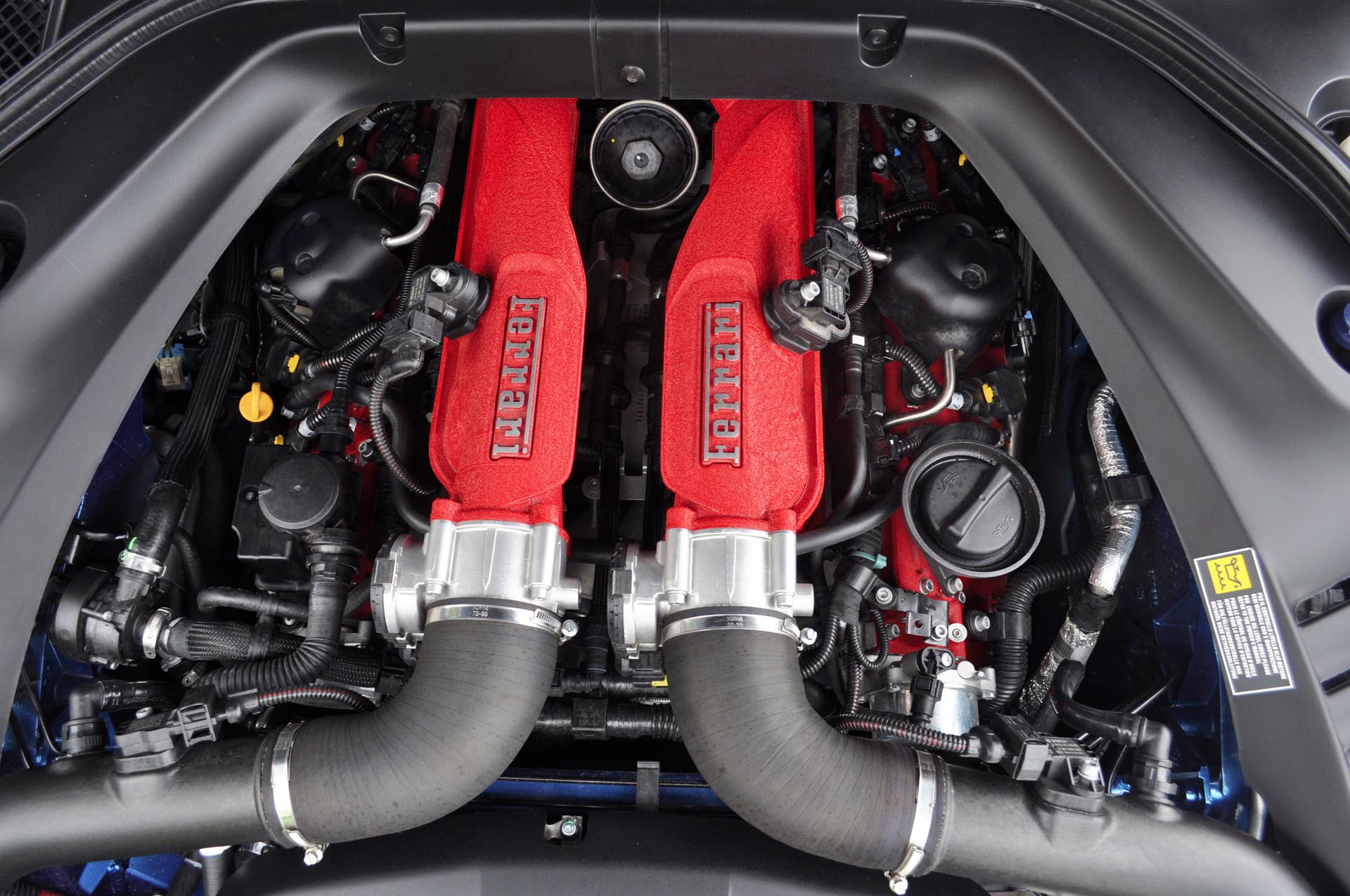
In recent years, gasoline engines have reached new levels of efficiency – thanks in no small part to features like direct injection, turbocharging, advanced transmissions and more. If you’re considering a newer, high-efficiency gasoline model with any of the technologies above, a few checks should be considered a priority.
Does the vehicle you’re considering have direct injection? Thousands of owners of numerous direct injected cars across virtually all brands have reported issues with excessive valve-gunk, which results from the lack of fuel spray ever touching the surface of intake valves. Over time, gunk builds up and can cause problems from sporadic performance to low compression to oil consumption. The only way to remedy the problem is with mechanical cleaning of the valves, which usually requires some dismantling of the engine and can be expensive out of warranty. Fuel injector or valve cleaner will not work, as the valves are never contacted by fuel. Thankfully, in many cases, valve gunk buildup will result in a stored ‘misfire’ code in the engine computer, which a technician can scan for in minutes.
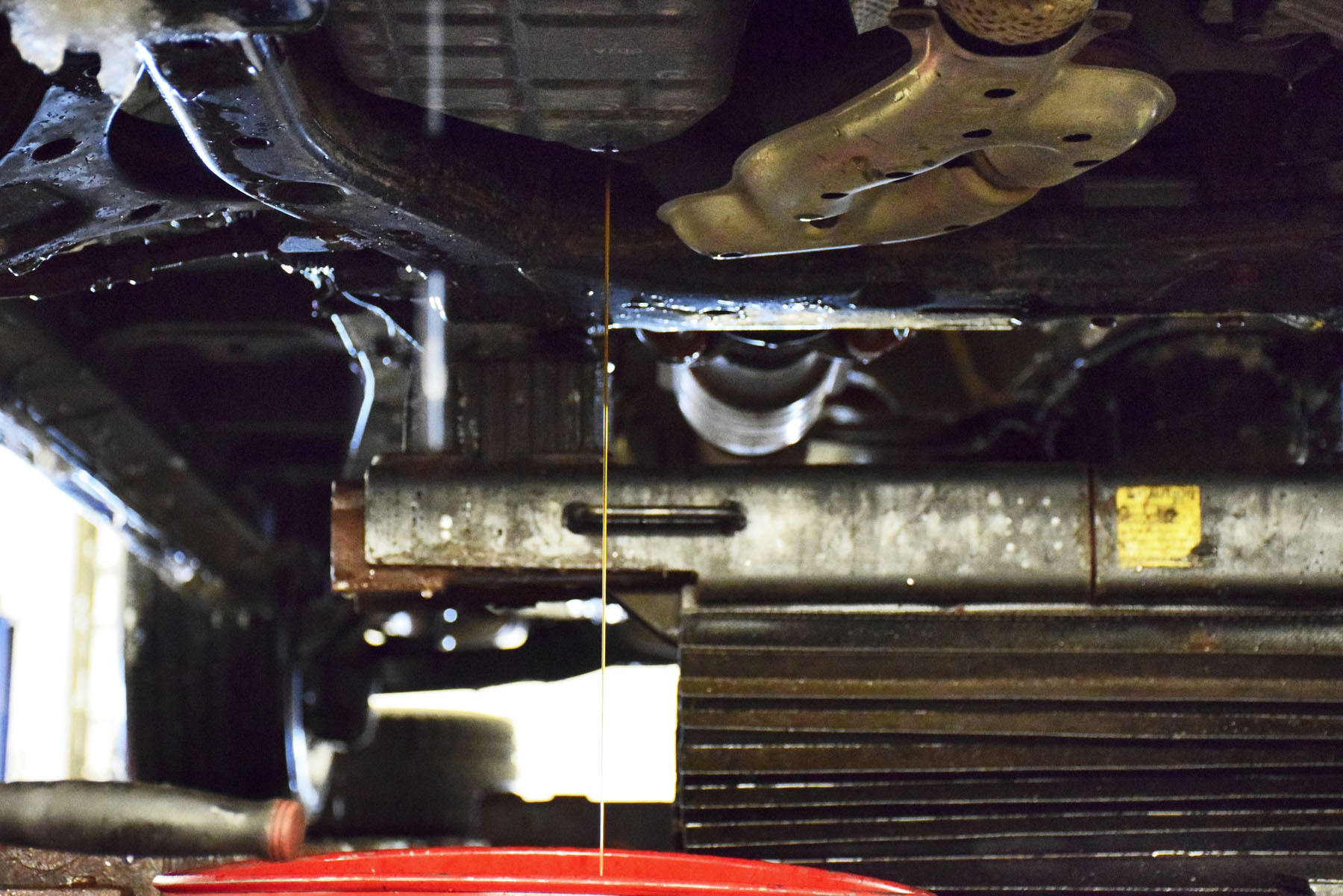
Turbochargers generally last the life of a vehicle, provided they’re maintained properly. Frequent, quality oil changes are key to long and trouble-free turbocharger life. Signs of turbocharger issues include poor or lumpy performance, error or warning codes or a check-engine light, or the presence of white, oily smoke form the tailpipes, caused when oil leaks past seals inside of the turbocharger housing. To coax smoke from worn turbocharger seals, insist on test driving the car in question with a cold engine, and let the engine idle up to operating temperature, and a few minutes longer, before driving it. Watch the exhaust pipes while the car is idling and hot – white, oily smoke can be a sure-fire sign that the turbocharger is on its way out.
Confirm that the engine oil is properly filled and in good condition, as many owners of numerous models complain of oil consumption in newer models, possibly caused by thinner fuel-saving engine oil. Monitor oil consumption carefully while you own the vehicle, especially if it has remaining warranty.
Finally, note that in any vehicle, and especially one with a fuel-saving Continually Variable Transmission (CVT), you’ll want to confirm that the vehicle has never been serviced outside of a dealer setting, and that the transmission fluid has only ever been replaced with factory approved fluid. If the car you’re considering has ever had its transmission fluid changed at an independent shop, and filled with regular automatic transmission fluid, for instance, damage could result.
